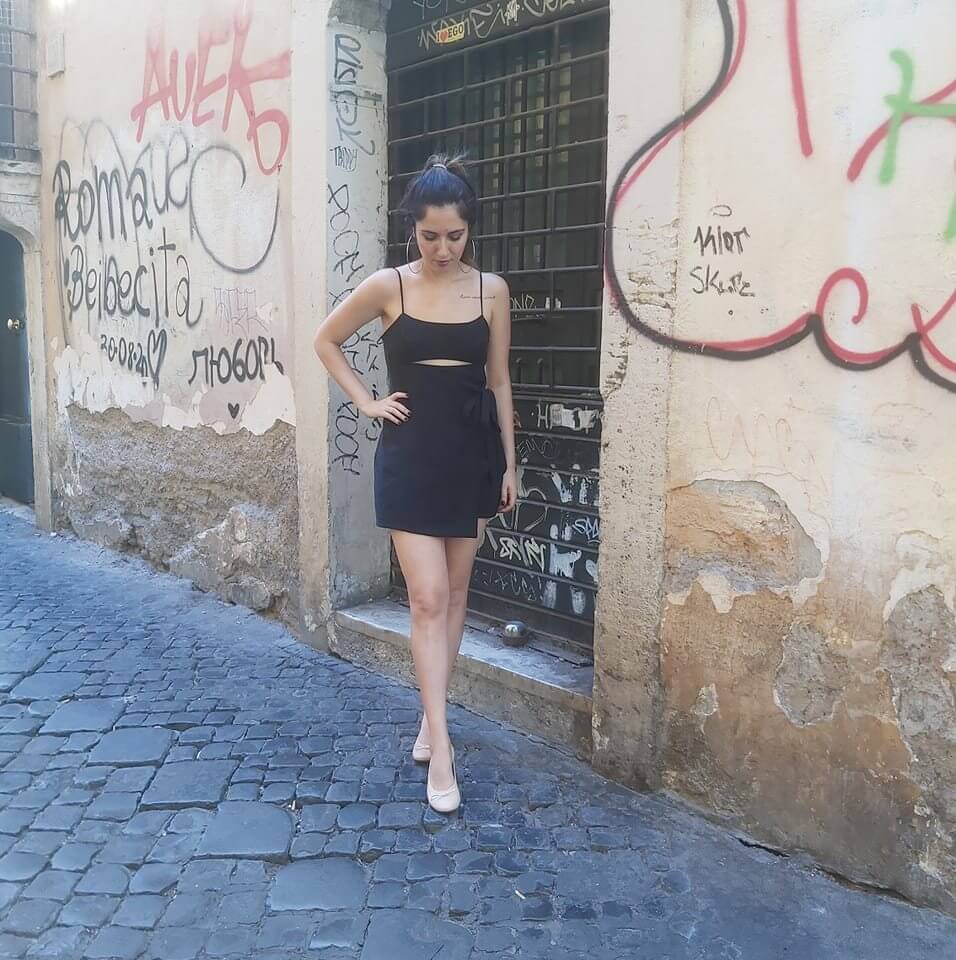The Psychological and Cultural Significance of Fashion: More Than Just Aesthetic
Fashion is often dismissed as superficial or shallow, tied only to aesthetics and fleeting trends. However, having studied Fashion Design for three years, I can confidently state that fashion goes far beyond what meets the eye. It’s an art form, a form of self-expression, and a cultural statement.
Fashion is deeply intertwined with identity, culture, and social dynamics. It’s a powerful mode of non-verbal communication and psychological expression. Through fashion, we express our personality, our moods, and even advocate for social movements and causes.
Fashion Design: Beyond Drawing and Sewing
When people think of fashion designers, they often assume that we spend our time simply drawing sketches and sewing garments. However, my three-year course in fashion design encompassed a wide range of subjects, including art history, marketing, and the psychology of fashion and colors. These classes helped me understand that fashion is far more than just clothing—it’s about emotional expression, personal identity, and the reflection of societal shifts.
Fashion as Self-Expression
One of the most significant aspects of fashion is self-expression. The clothes we choose to wear communicate who we are without a single word. People select specific styles or brands to signal their affiliation with a particular group or subculture, or to express their status. For instance, wearing a well-tailored suit can signal professionalism and success, while a relaxed streetwear style may communicate creativity and ease.
The Historical Role of Fashion
Historically, fashion has played an essential role in expressing wealth, power, and cultural identity. Every culture has its unique fashion history and garment styles. For example, Renaissance women wore tight corsets, while Ottoman women donned beautifully embroidered caftans, showcasing the distinct fashion of each era.
However, with the rise of globalization, fashion has become more universal. Today, you can find similar garments and global brands almost anywhere in the world, making fashion a global phenomenon.
Fashion’s Impact on Confidence and Attitude
Fashion isn’t just about looking good—it also affects our attitude and confidence. It’s not just about wearing the latest trends or expensive clothes; the clothing we wear can influence our behavior and mindset. This phenomenon is known as “enclothed cognition”, a term studied by psychologists. It suggests that the clothes we wear can affect how we think and behave. For instance, wearing a sharp blazer may not only make us look more professional but also prompt us to act more assertively or confidently.
My Personal Experience with Fashion Psychology
I first discovered the psychological impact of fashion during my time studying Fashion Design in Italy. The experience was challenging, and I felt stressed at times. However, whenever I wore a dress or high heels to class, I felt more successful and confident, even without realizing the connection. Later, I delved into fashion psychology and color psychology and realized how much our clothing affects our emotions and behavior.
The Importance of Fit and Comfort in Fashion
One of the most crucial aspects of fashion is fit. Clothes that fit and flatter your body can significantly boost your confidence and self-esteem. On the other hand, badly fitting clothes can make you feel uncomfortable and negatively affect your mood.
A personal experience stands out: a few months ago, I ordered two pairs of gym shorts online. As someone who usually wears XS, I opted for the Small size for the gym shorts, thinking it would provide a more comfortable fit. When my order arrived, one pair was too small, while the other was XS. I felt uneasy in the XS shorts, even though they were the right size. It wasn’t until I received reassurance from others and wore them a few times that I gained confidence, realizing how much the fit affects our feelings.
Clothing as a Reflection of Personality
The way we dress reveals our personality. For example, I identify as a person who values love and prefer to see love reflected in the world around me. This belief influenced my fashion choices and the way I designed my thesis collection.
When preparing my thesis, I had to create a fashion collection. I chose to design a series of corsets and presented my mood board to my professor. She pointed out that my board contained two conflicting themes: romantic elements and more controversial looks. She suggested I draw inspiration from Art Nouveau, which aligned with my romantic style.
The Psychological Power of Colors in Fashion
Colors play an essential role in how we feel and how we are perceived. Psychological studies show that colors can influence our emotions and moods. For instance, blue is often associated with calmness and trustworthiness, red exudes energy and boldness, and black is considered sophisticated and powerful. The colors we wear can impact how we feel and the impression we leave on others.
Conclusion: Fashion as an Expression of Identity and Psychology
Fashion is far more than just following trends or wearing trendy clothes. It’s a deeply personal and psychological form of self-expression, as well as a reflection of cultural identity and historical context. From the fit of your clothes to the colors you choose, fashion influences how you feel and how others perceive you. Embrace fashion as an art form that speaks to both your identity and your emotions, and remember that the clothes you wear have the power to shape not only how you look but also how you think and act.
Related Posts
- What to wear in Rome in Summer?
- My Thoughts About Body Image
- Lifestyle Consultation
- Jacket Types for Women


